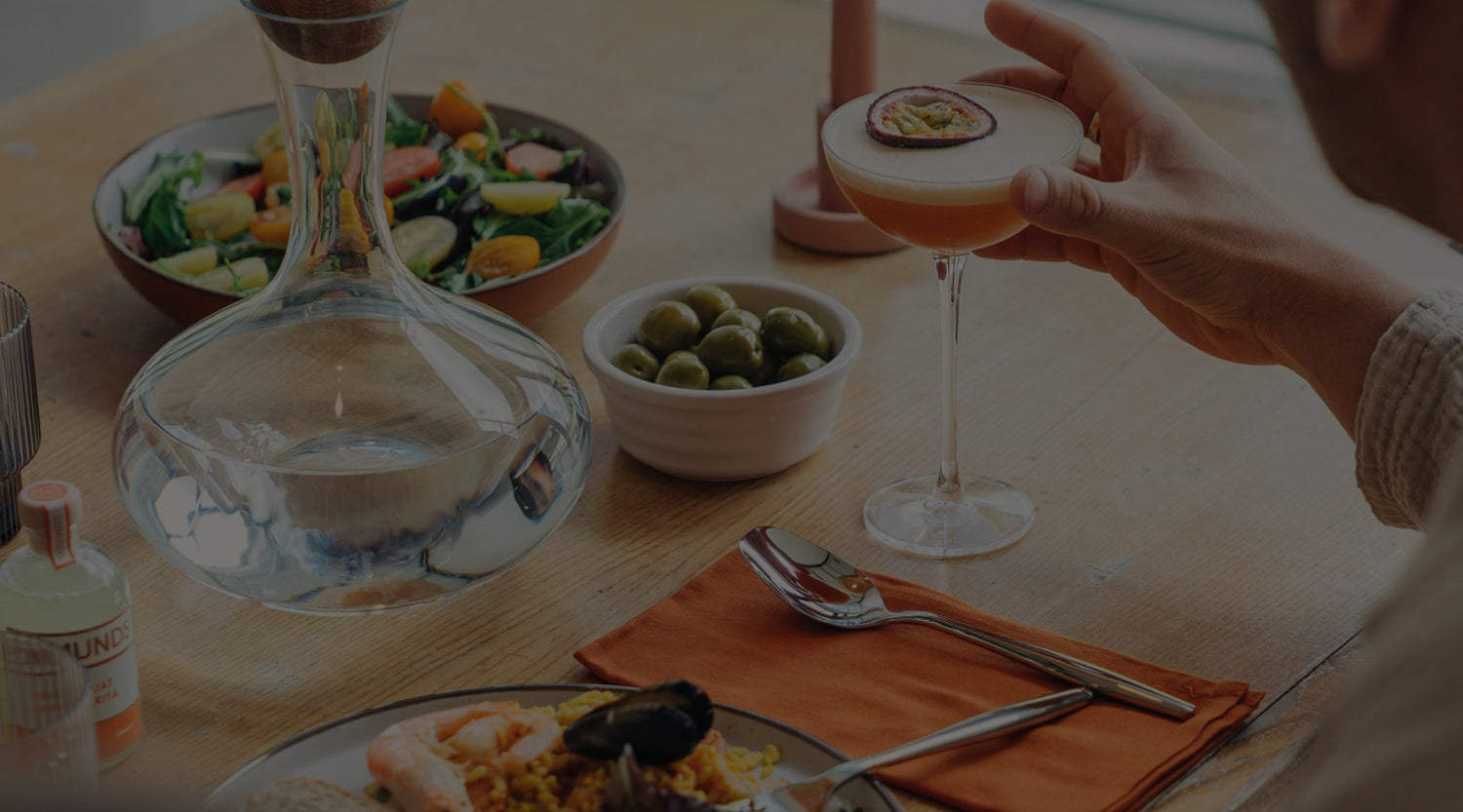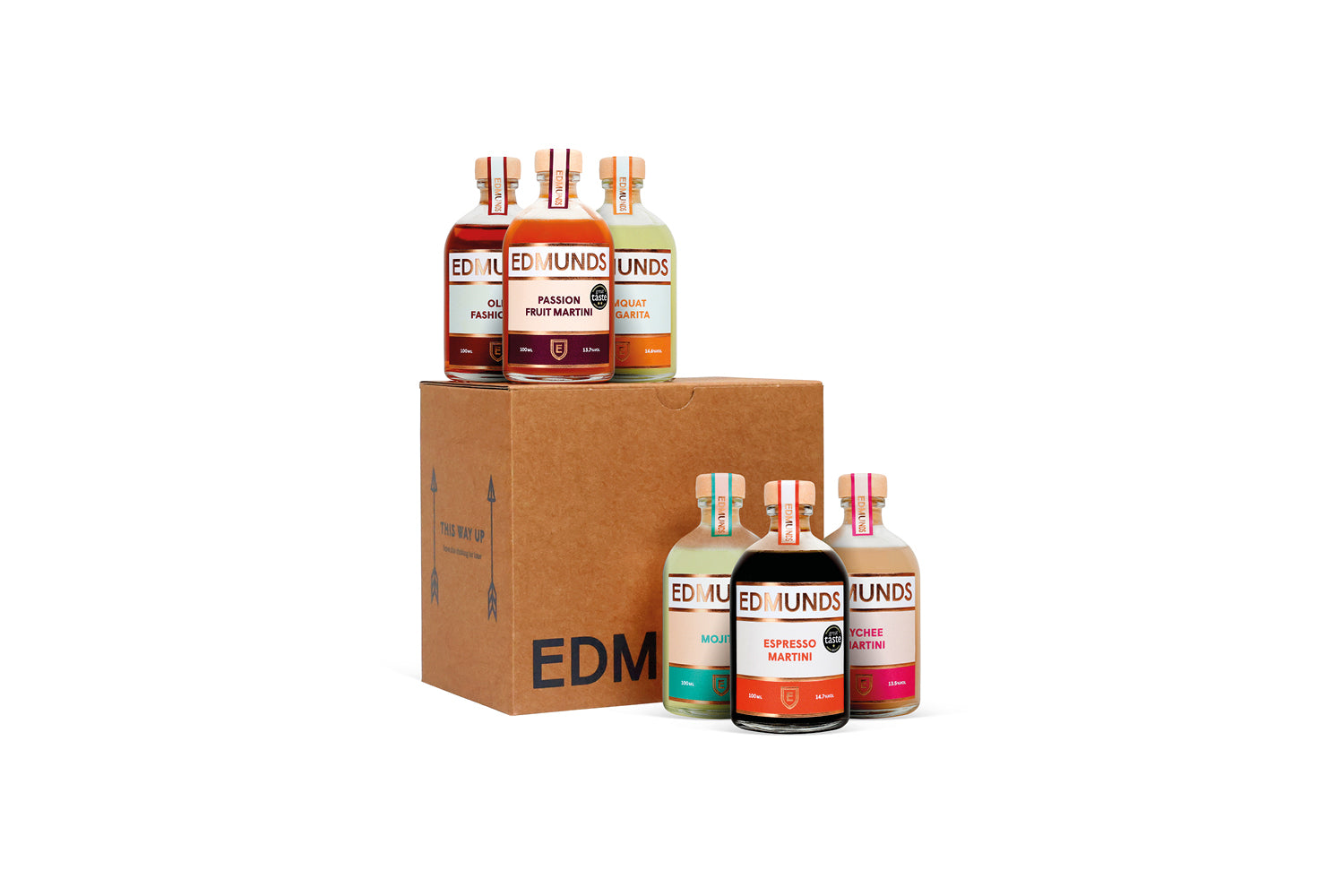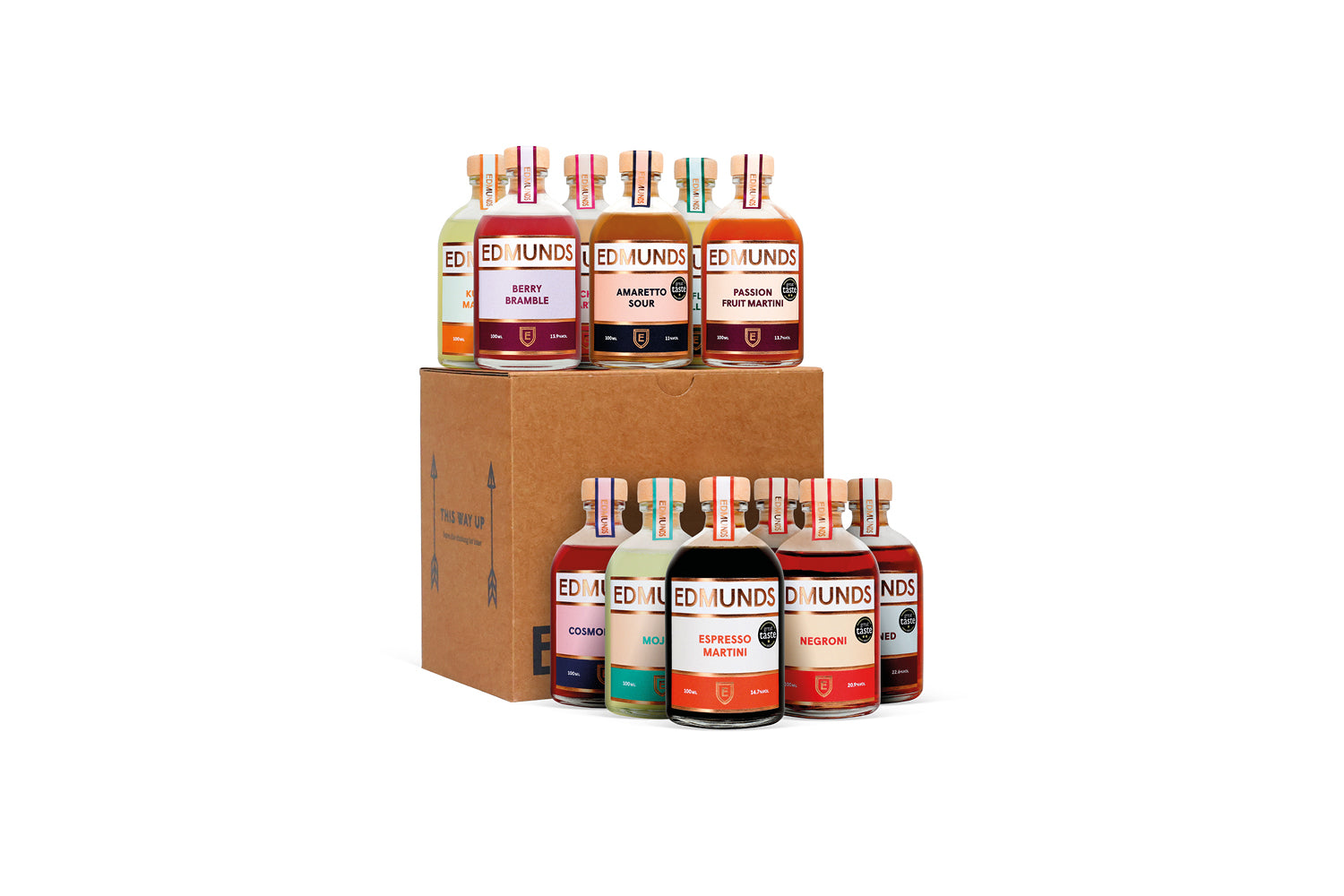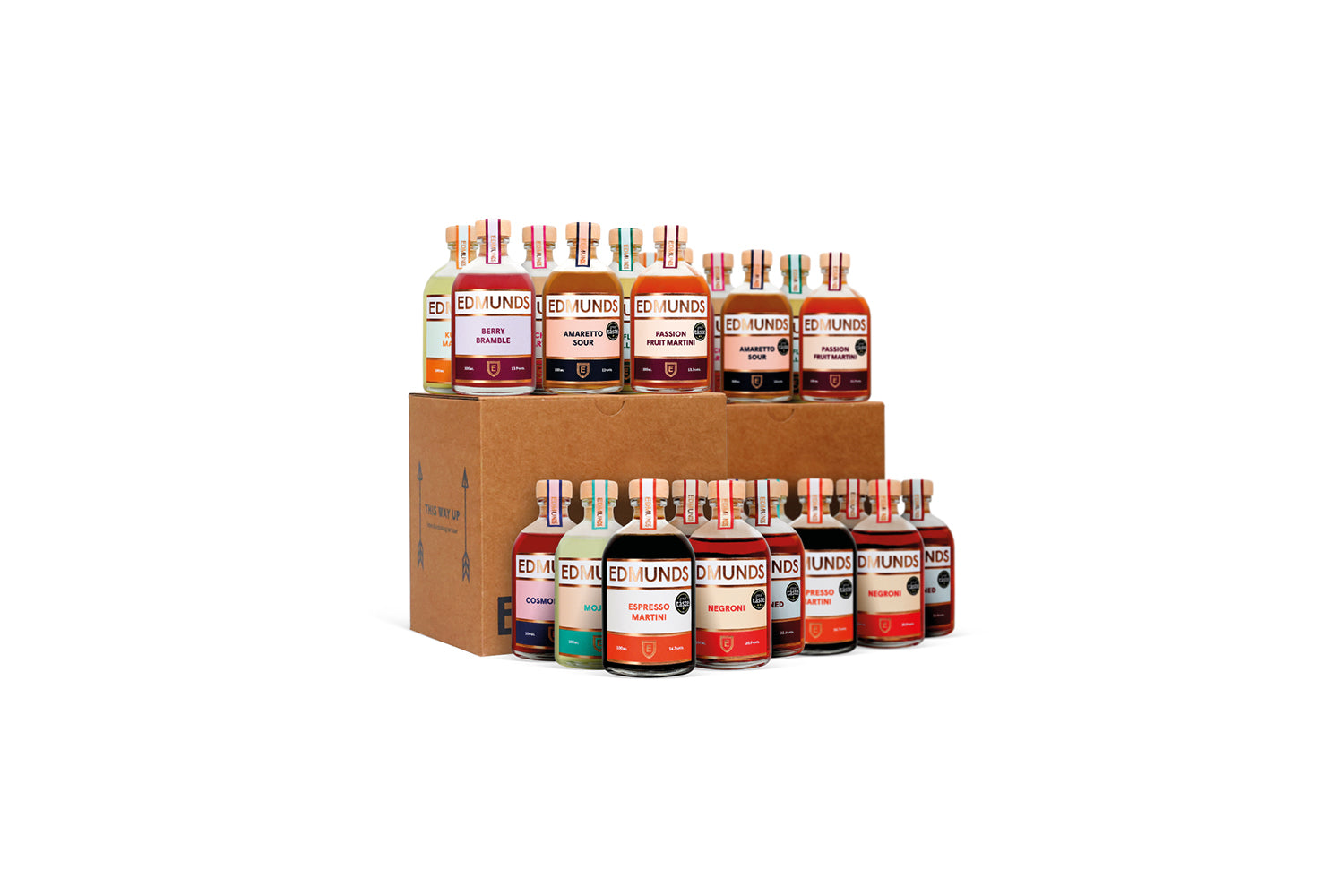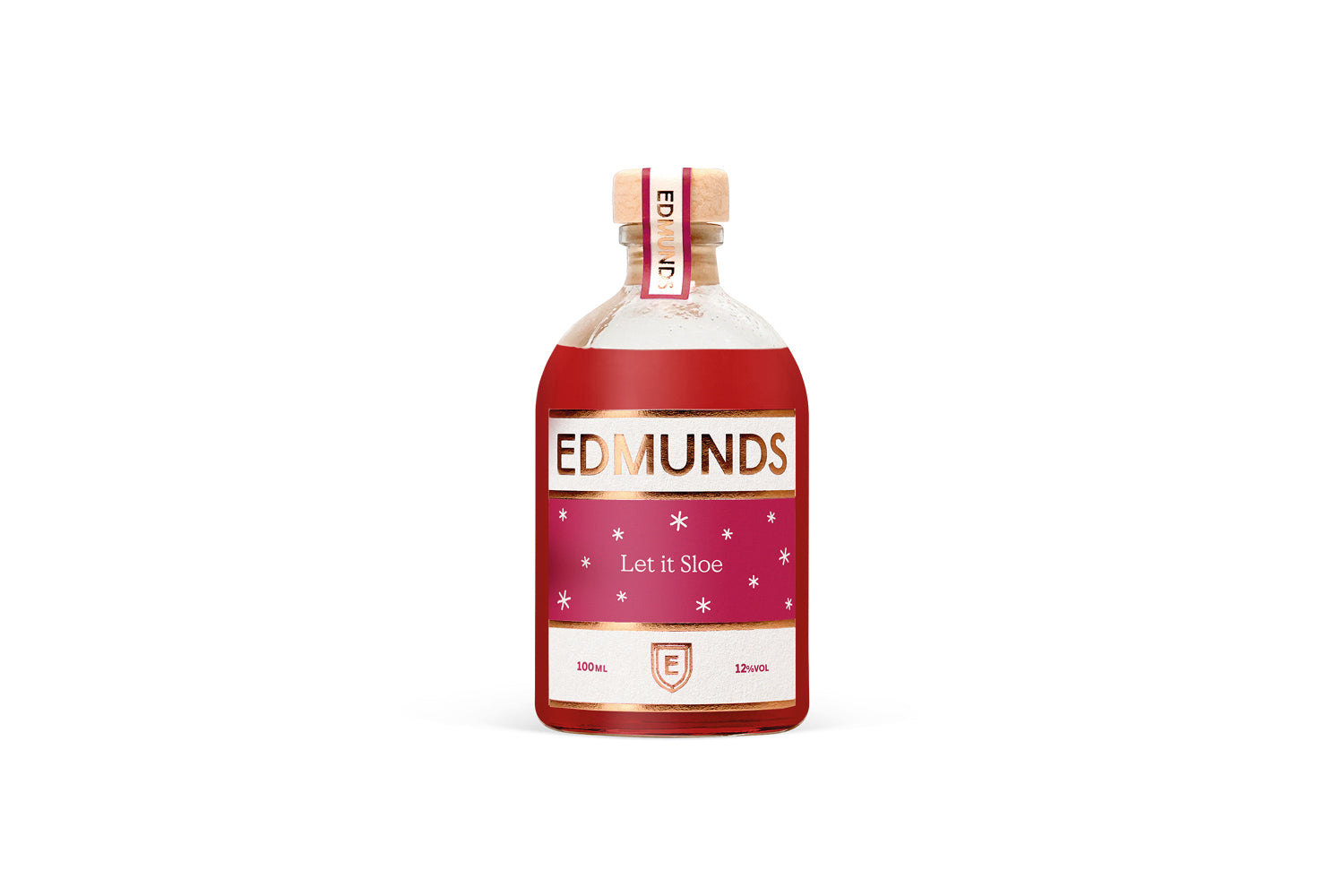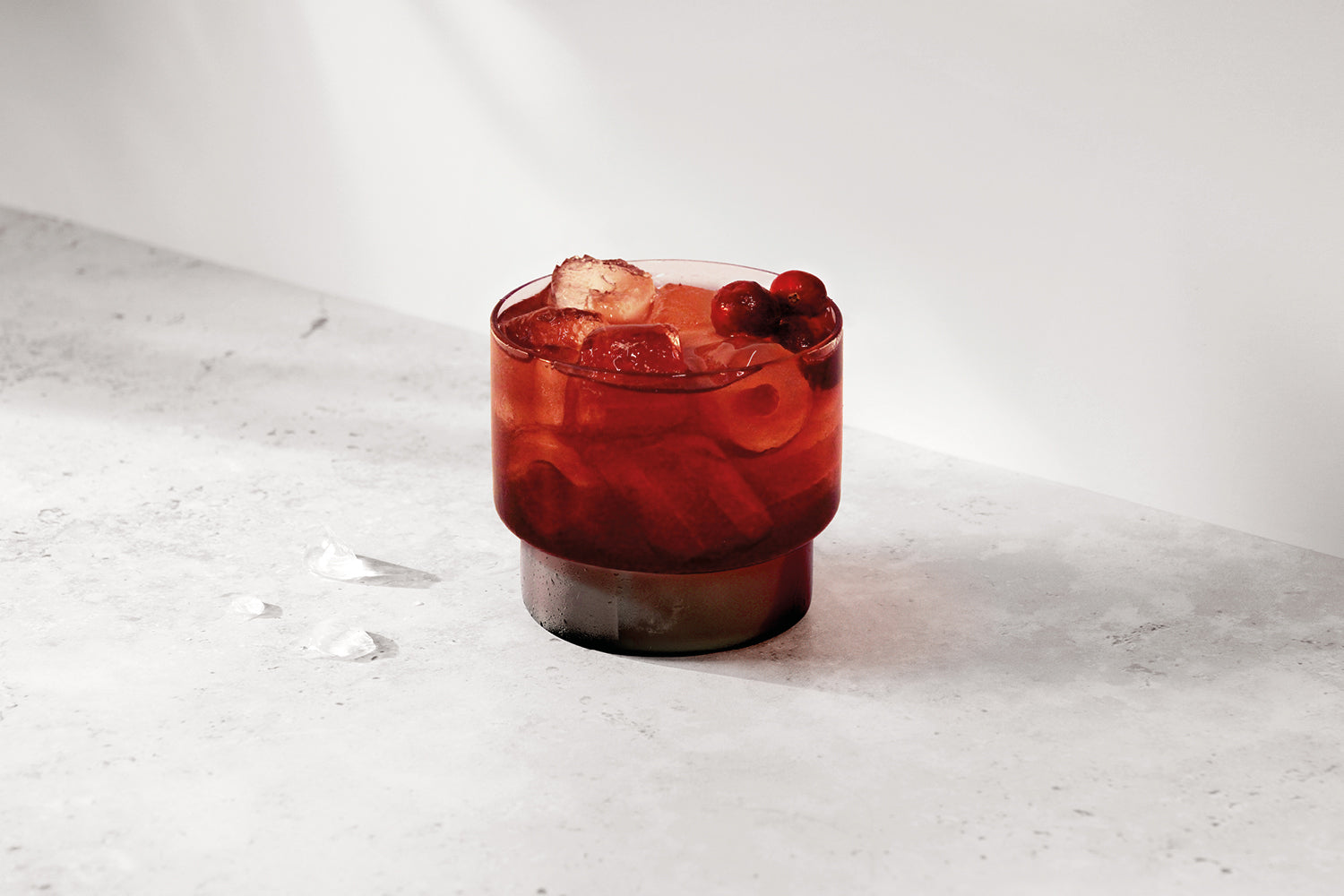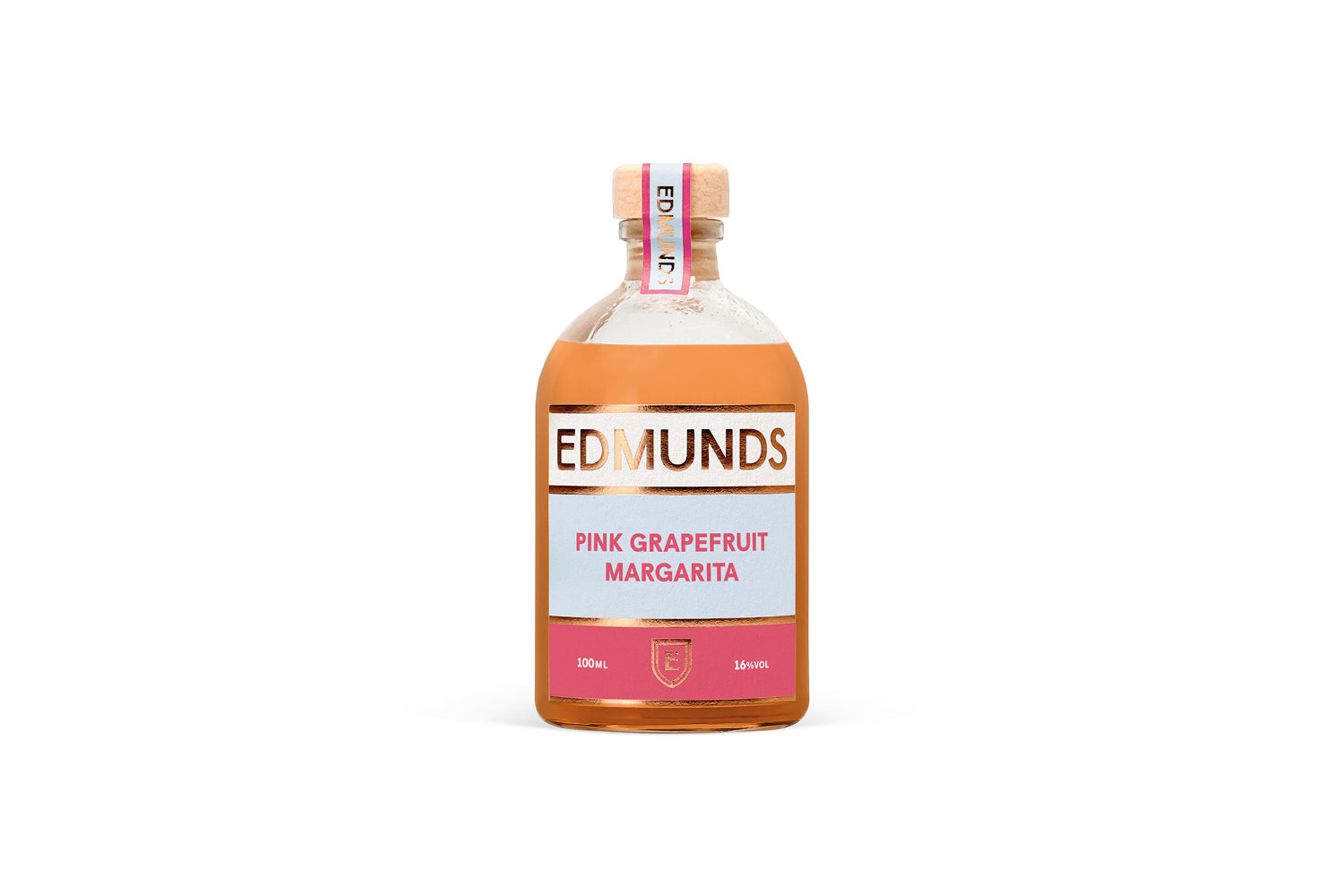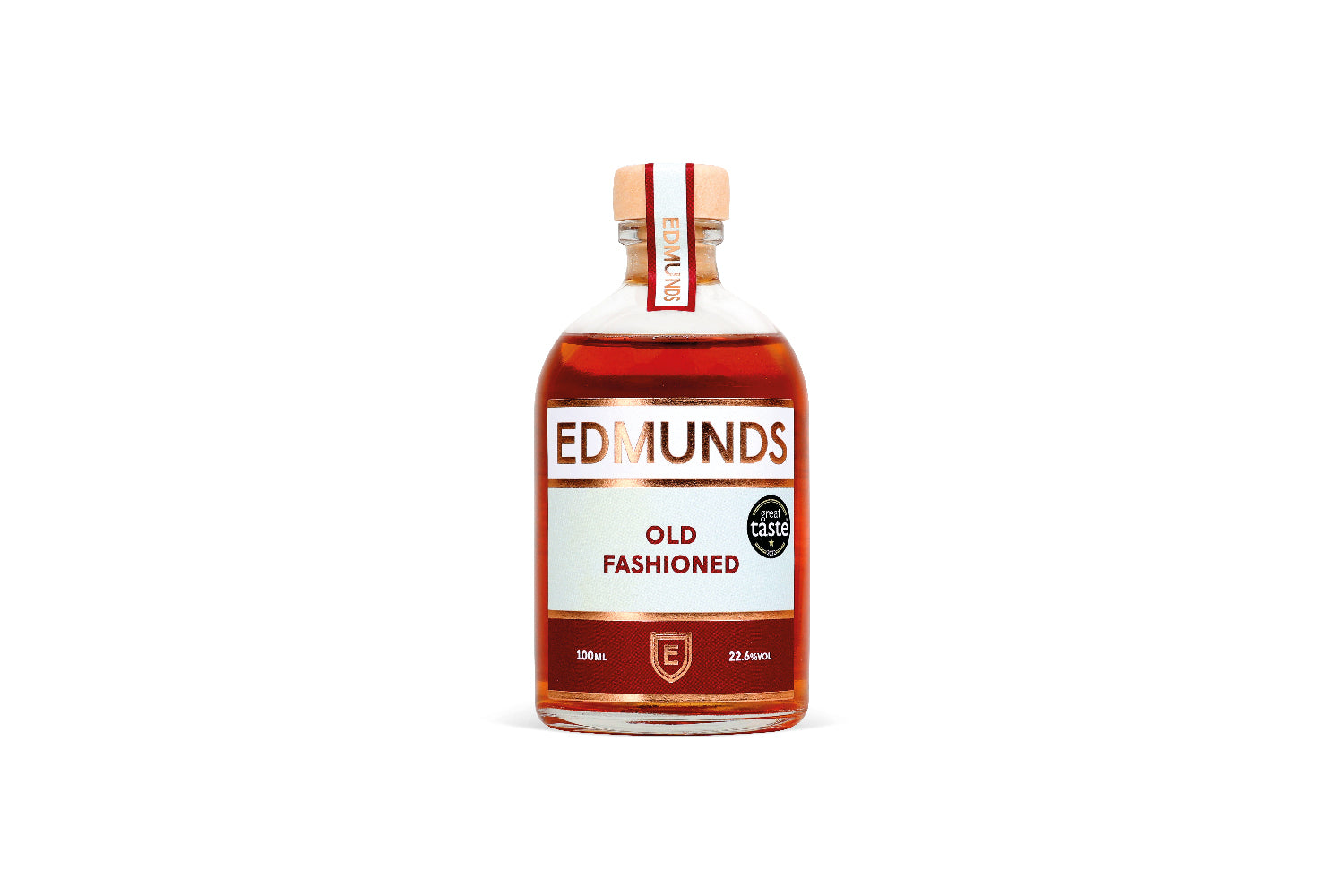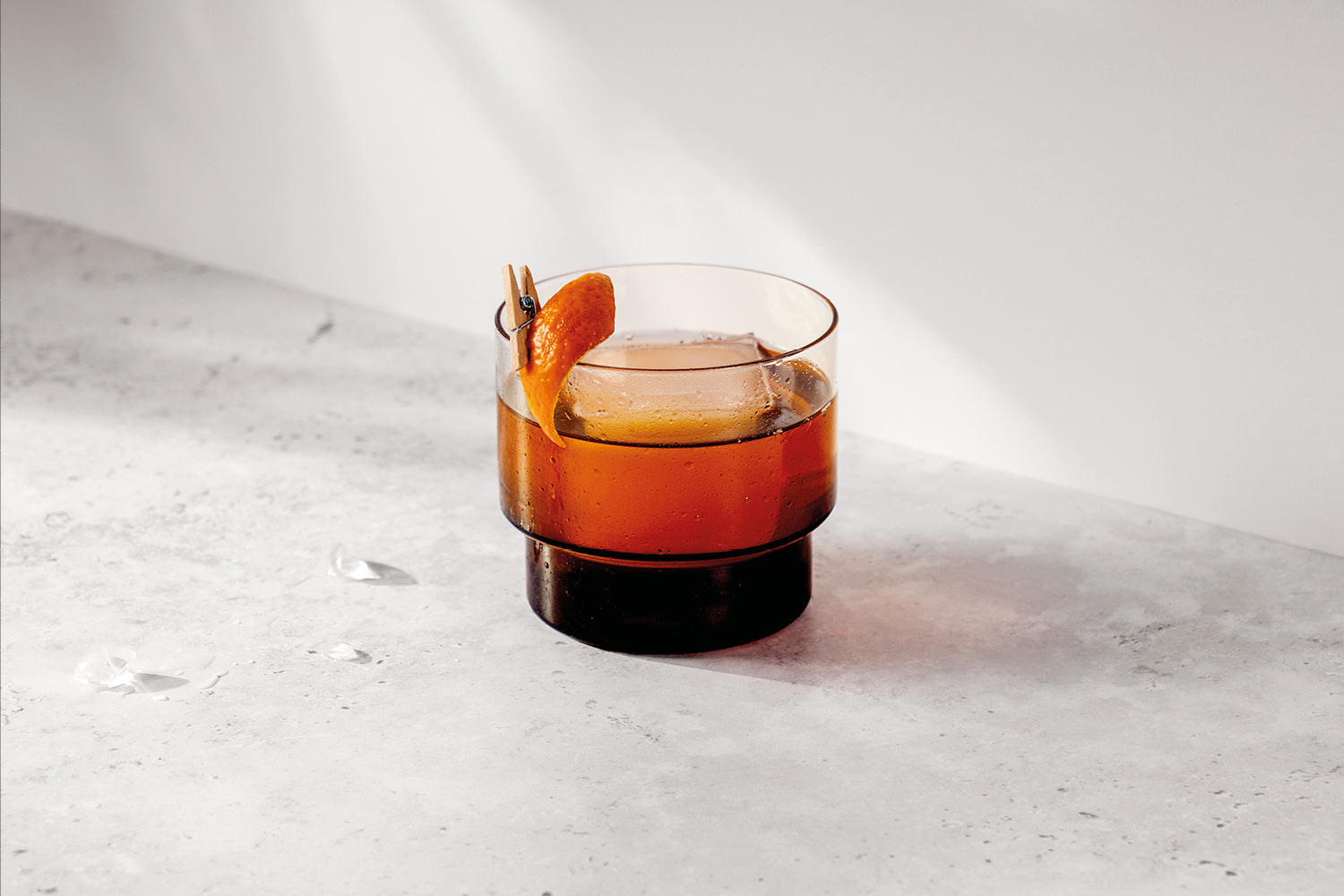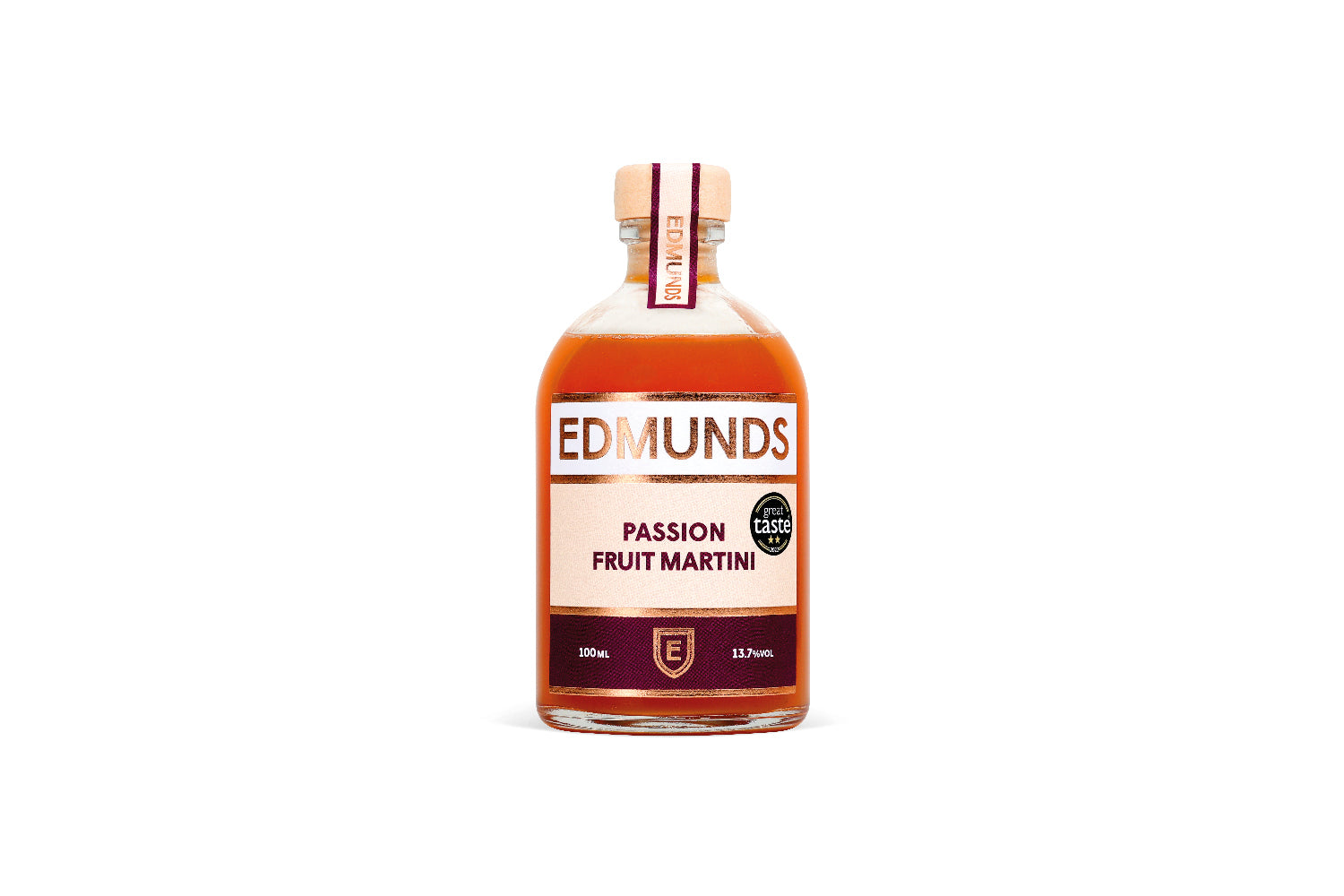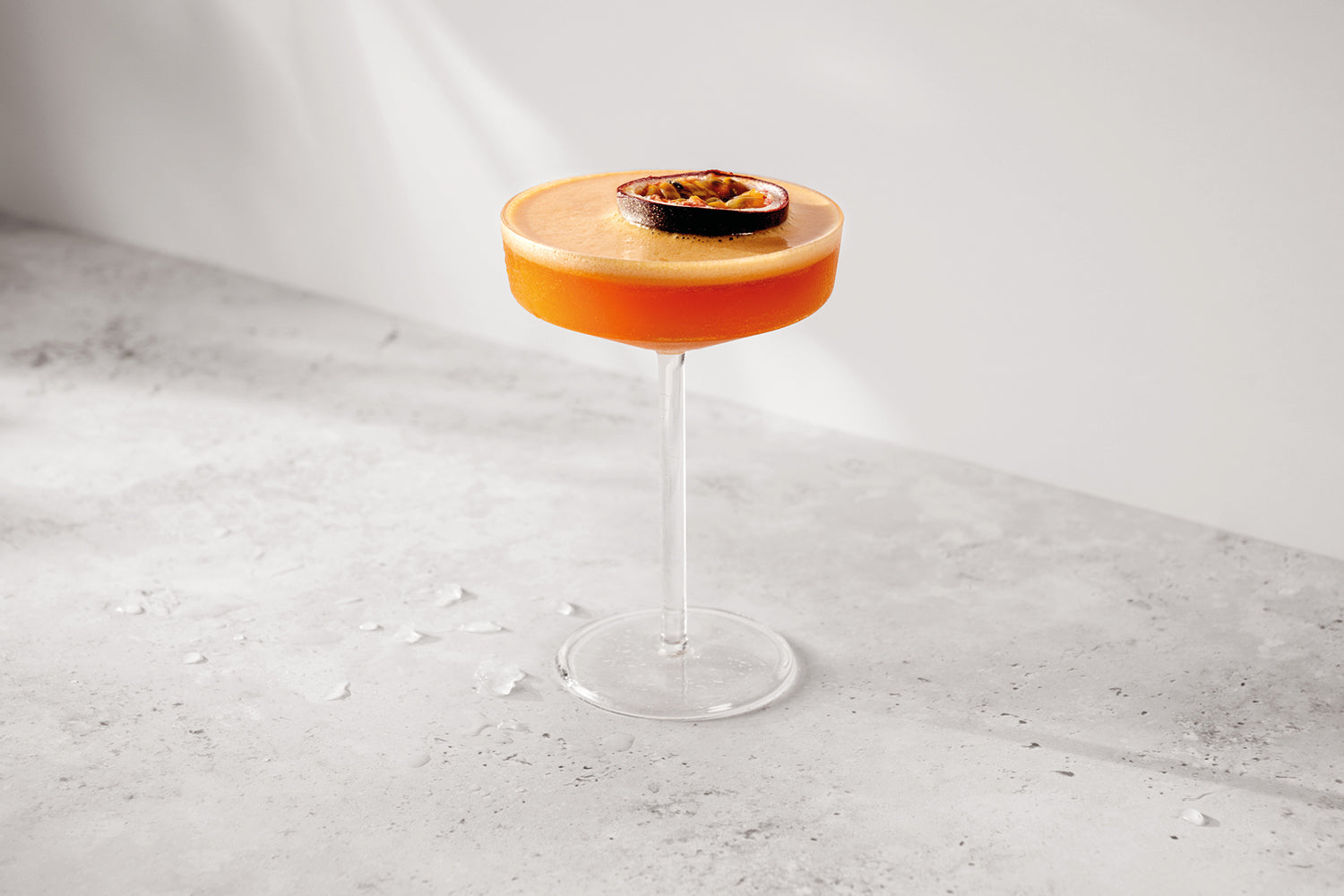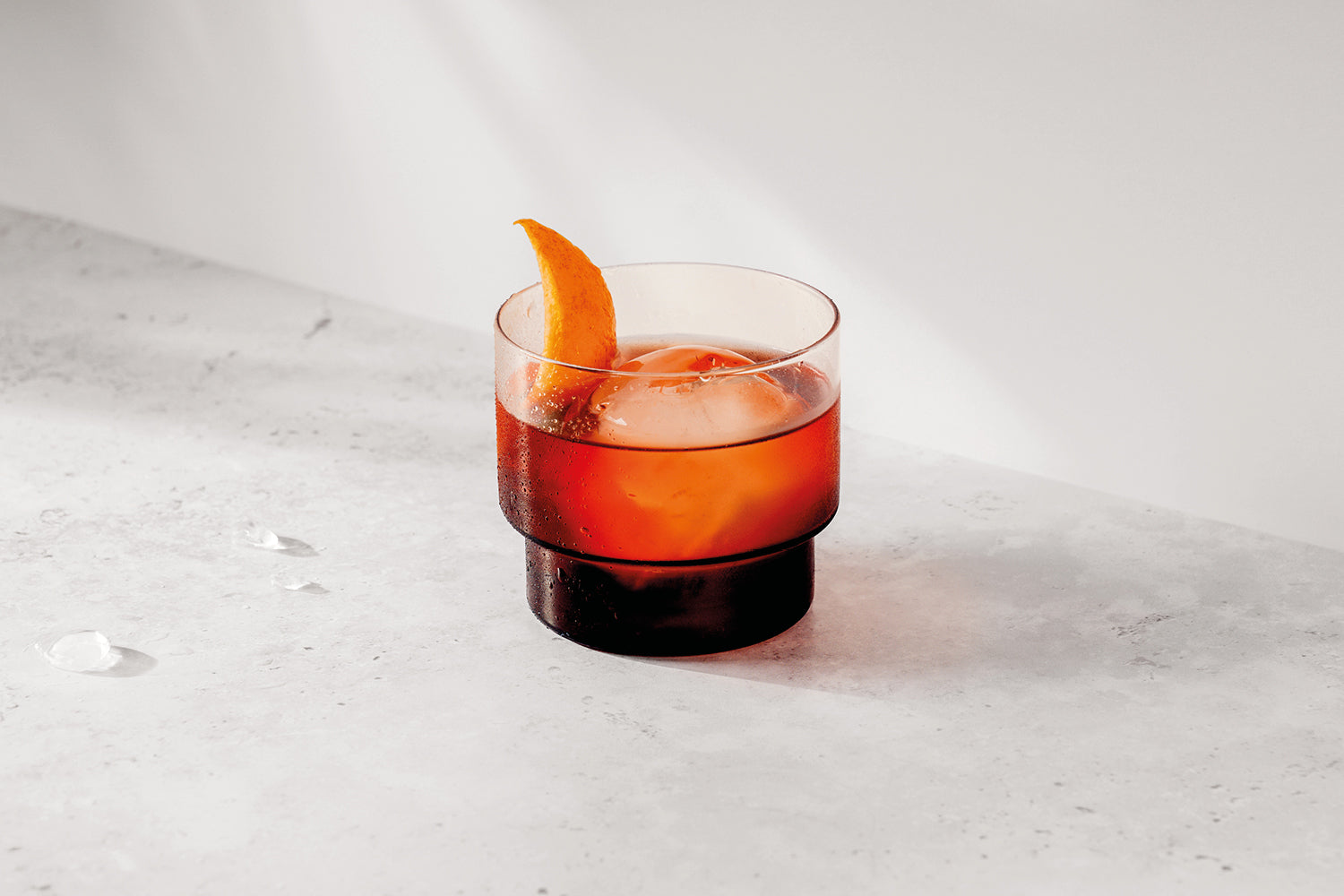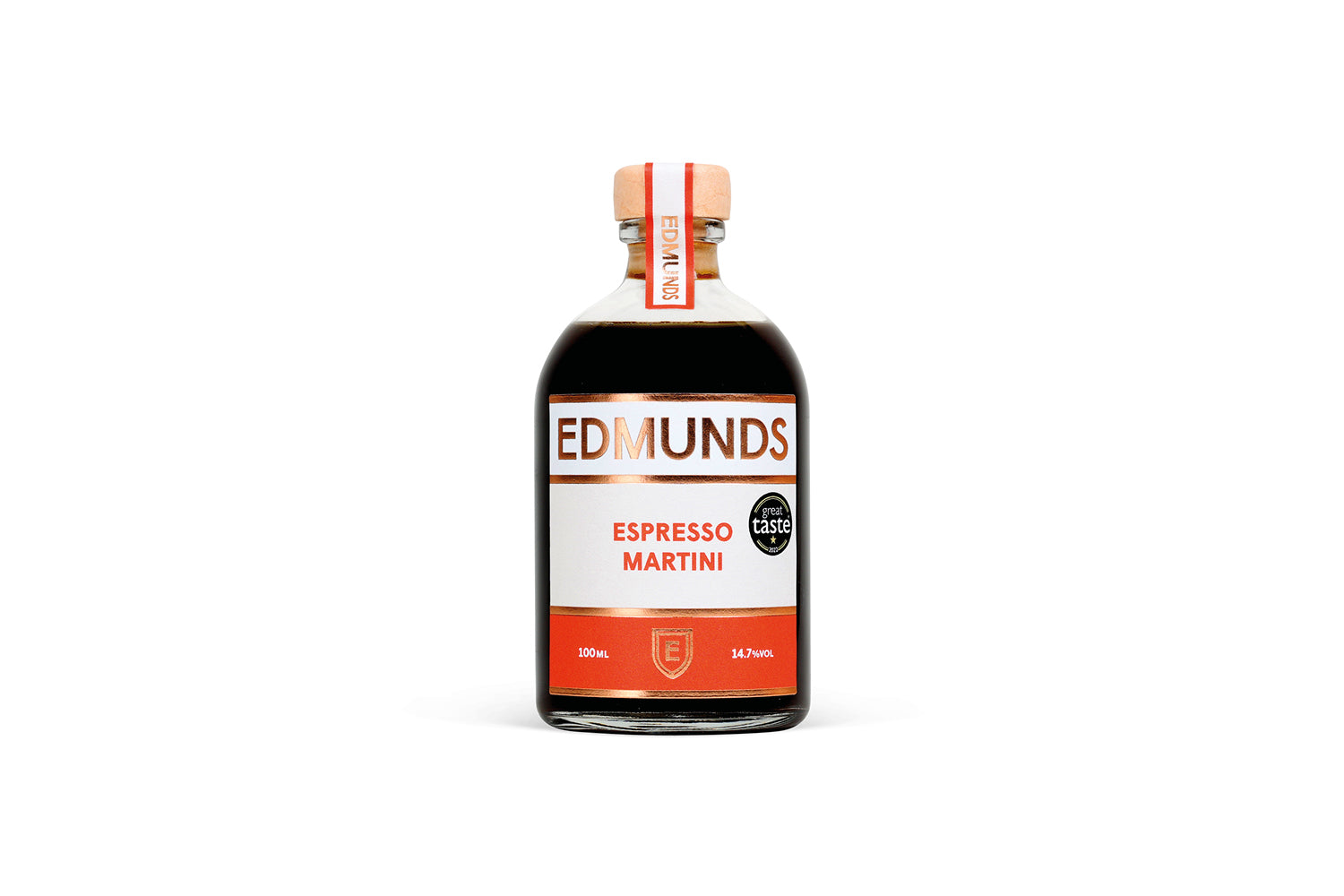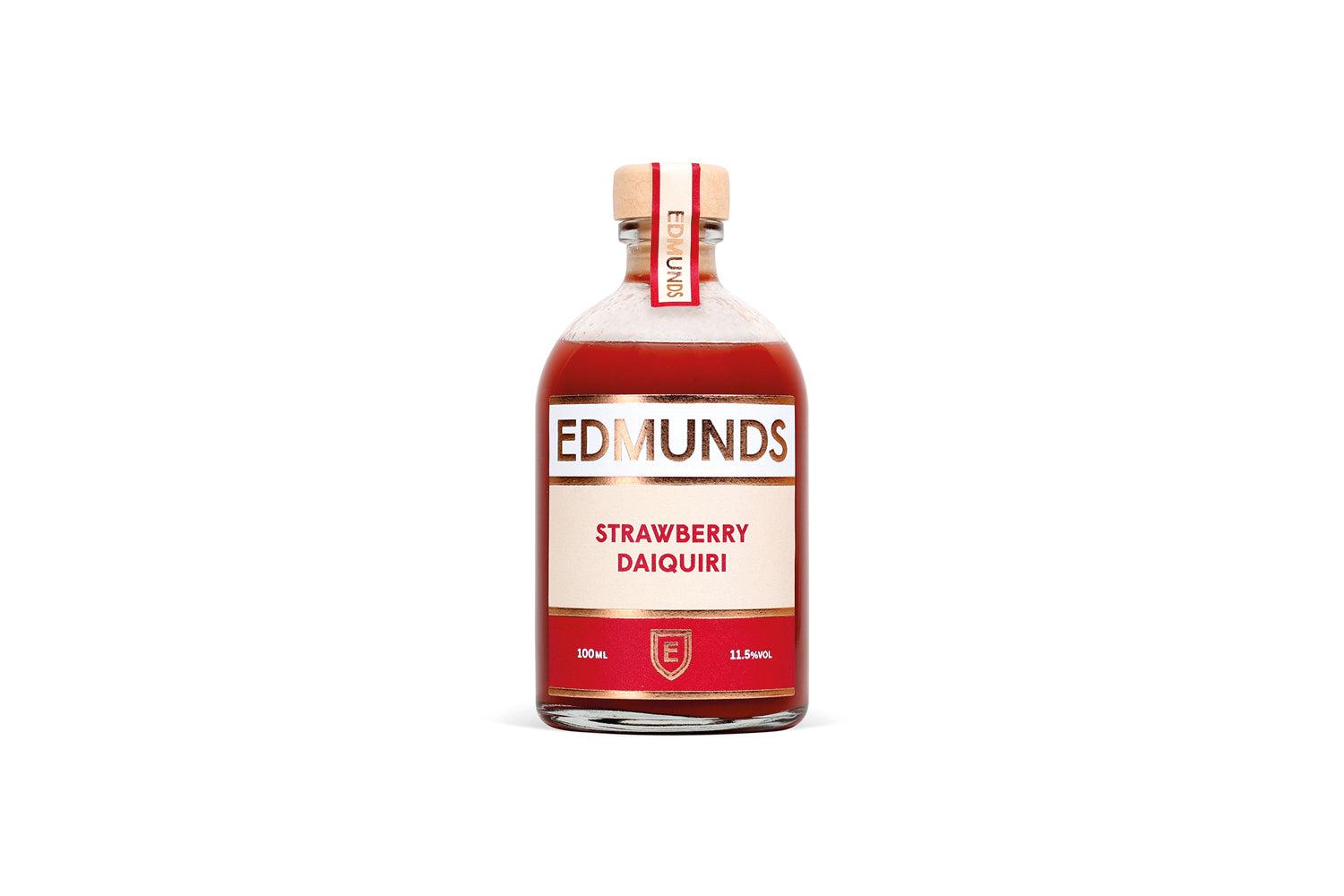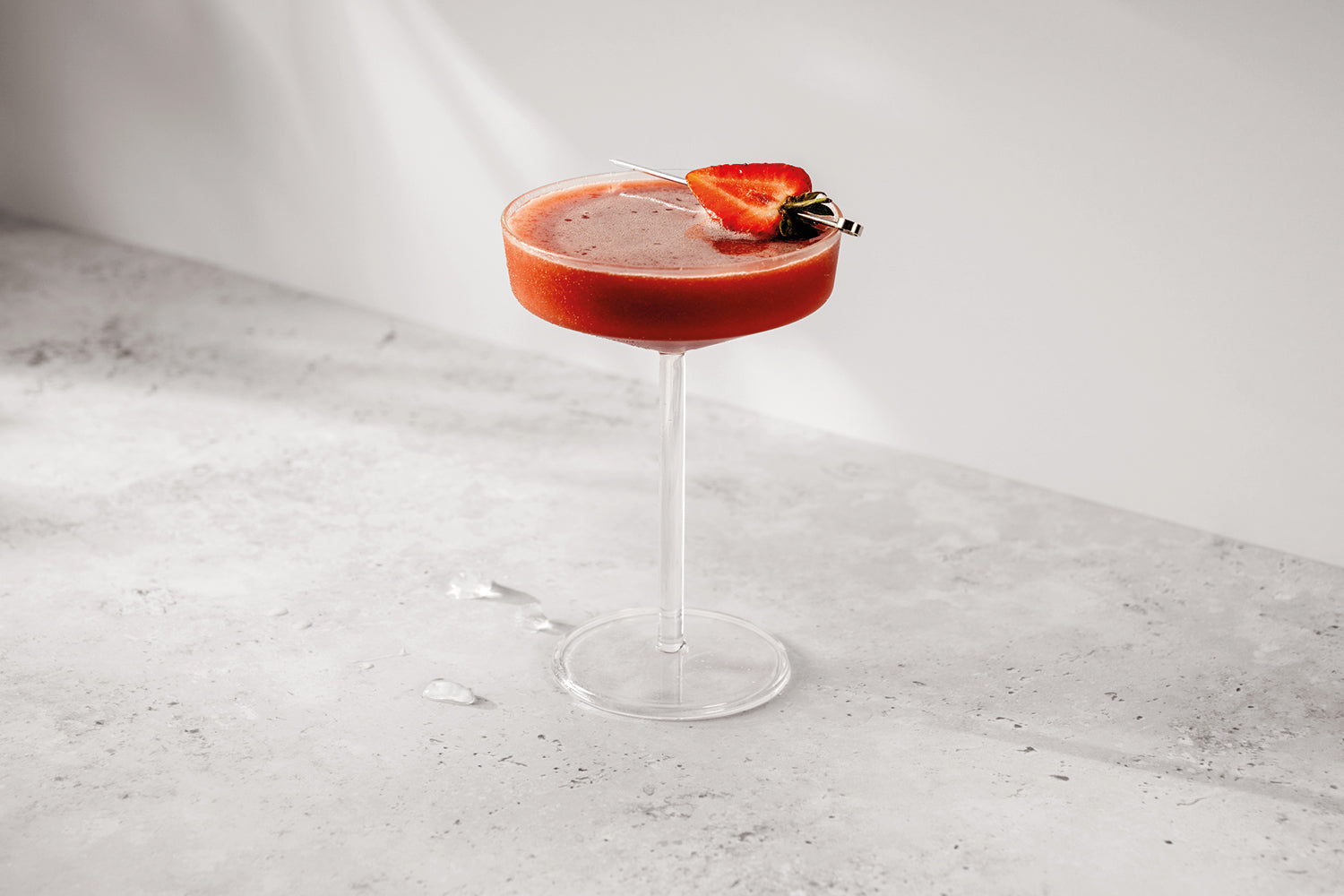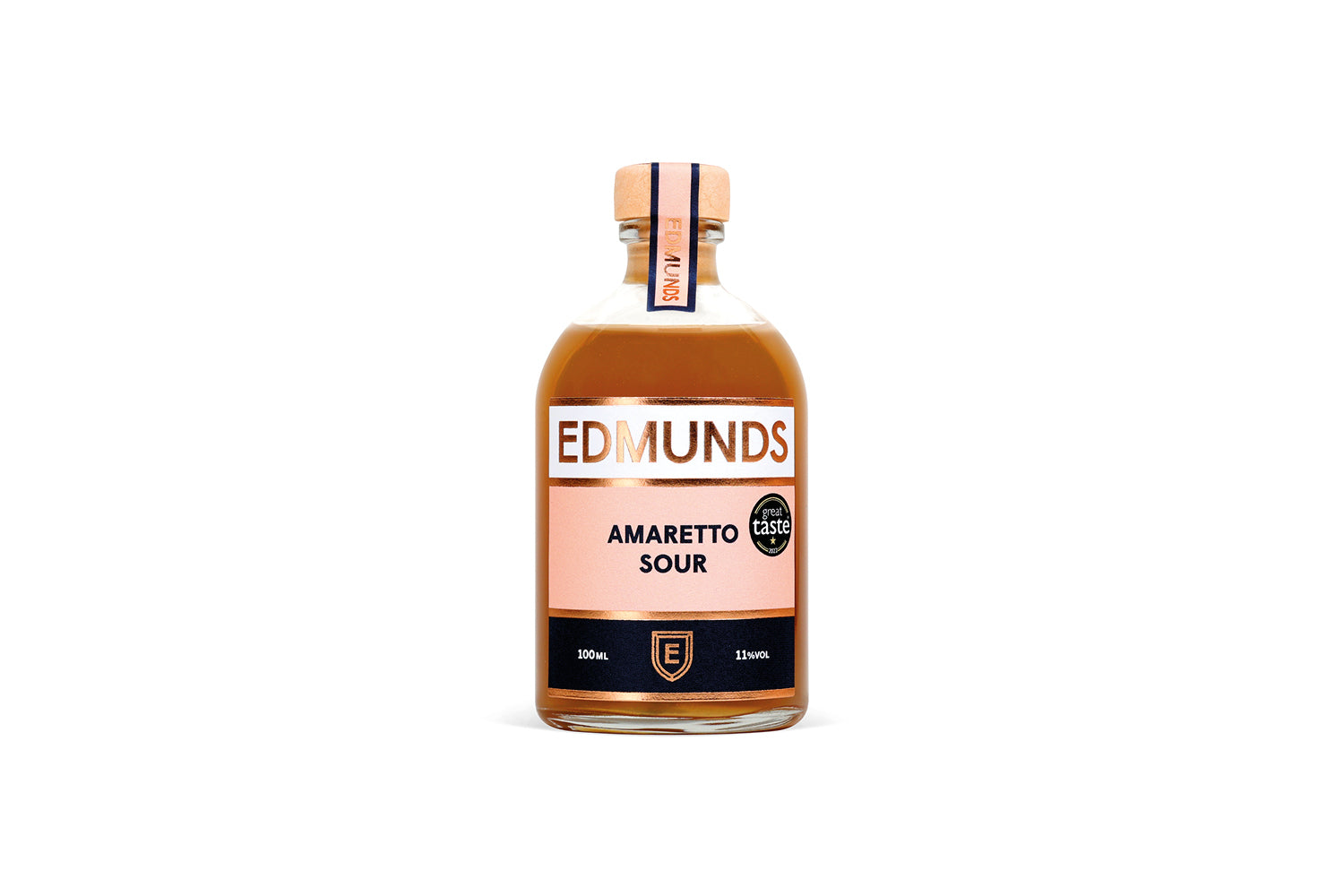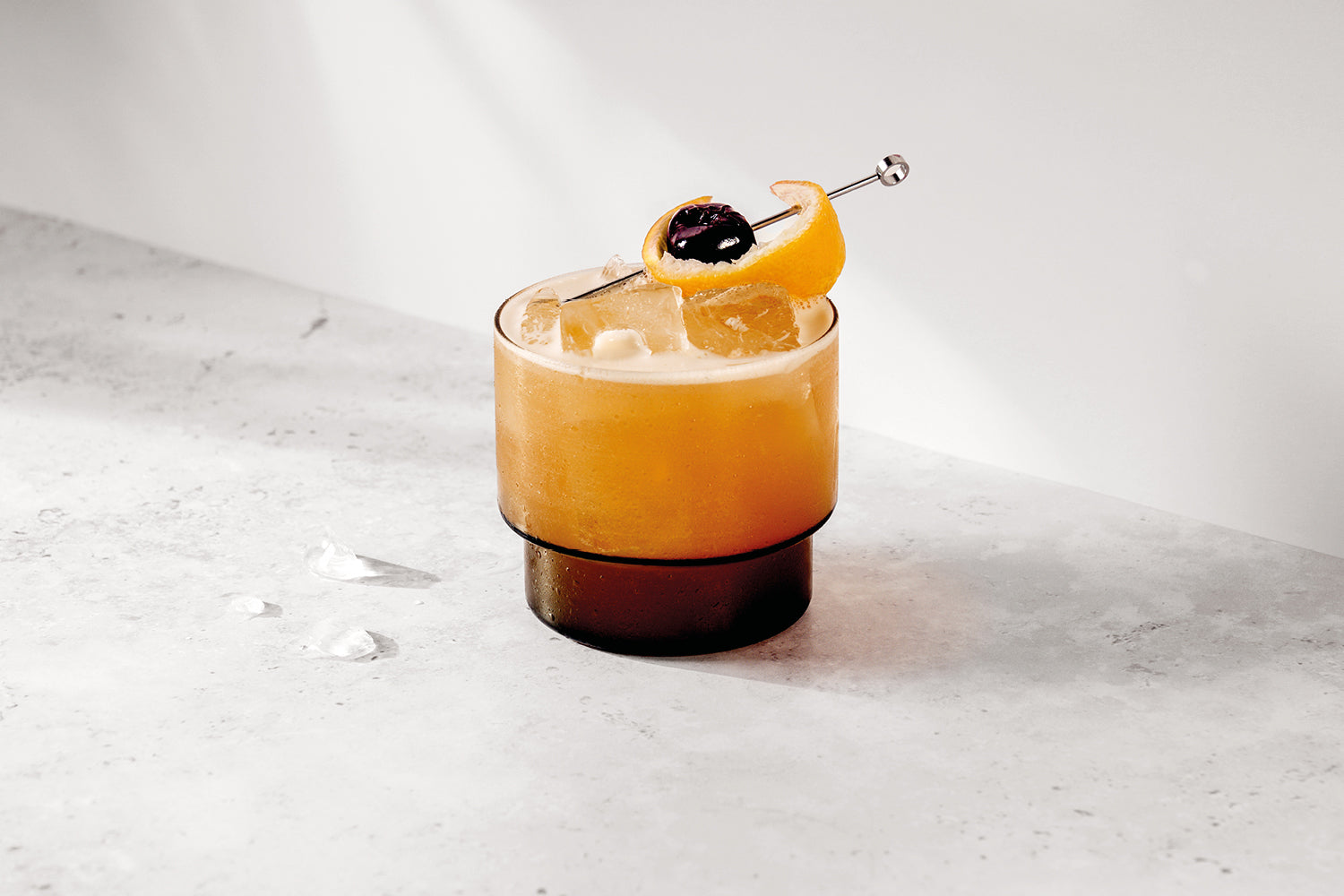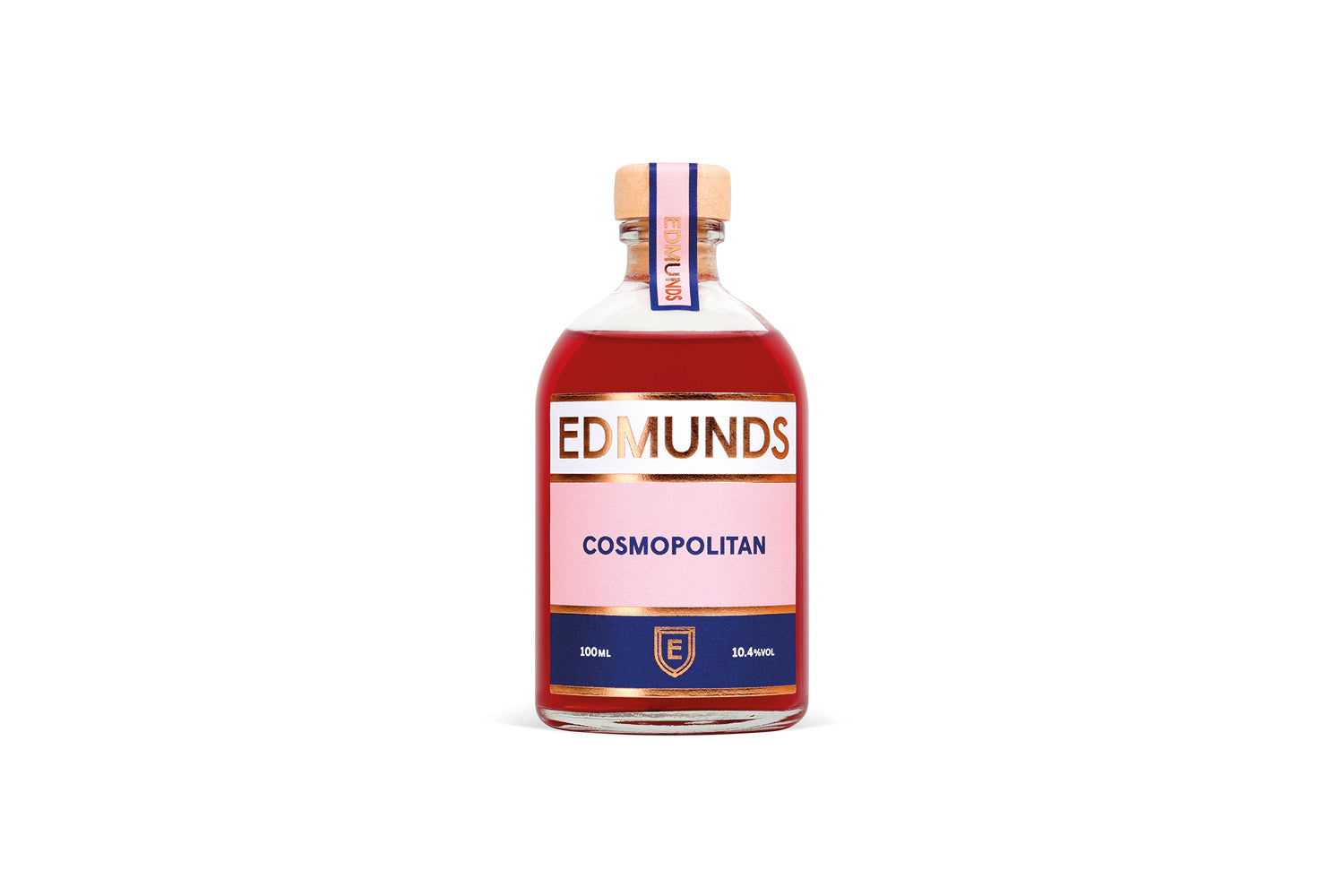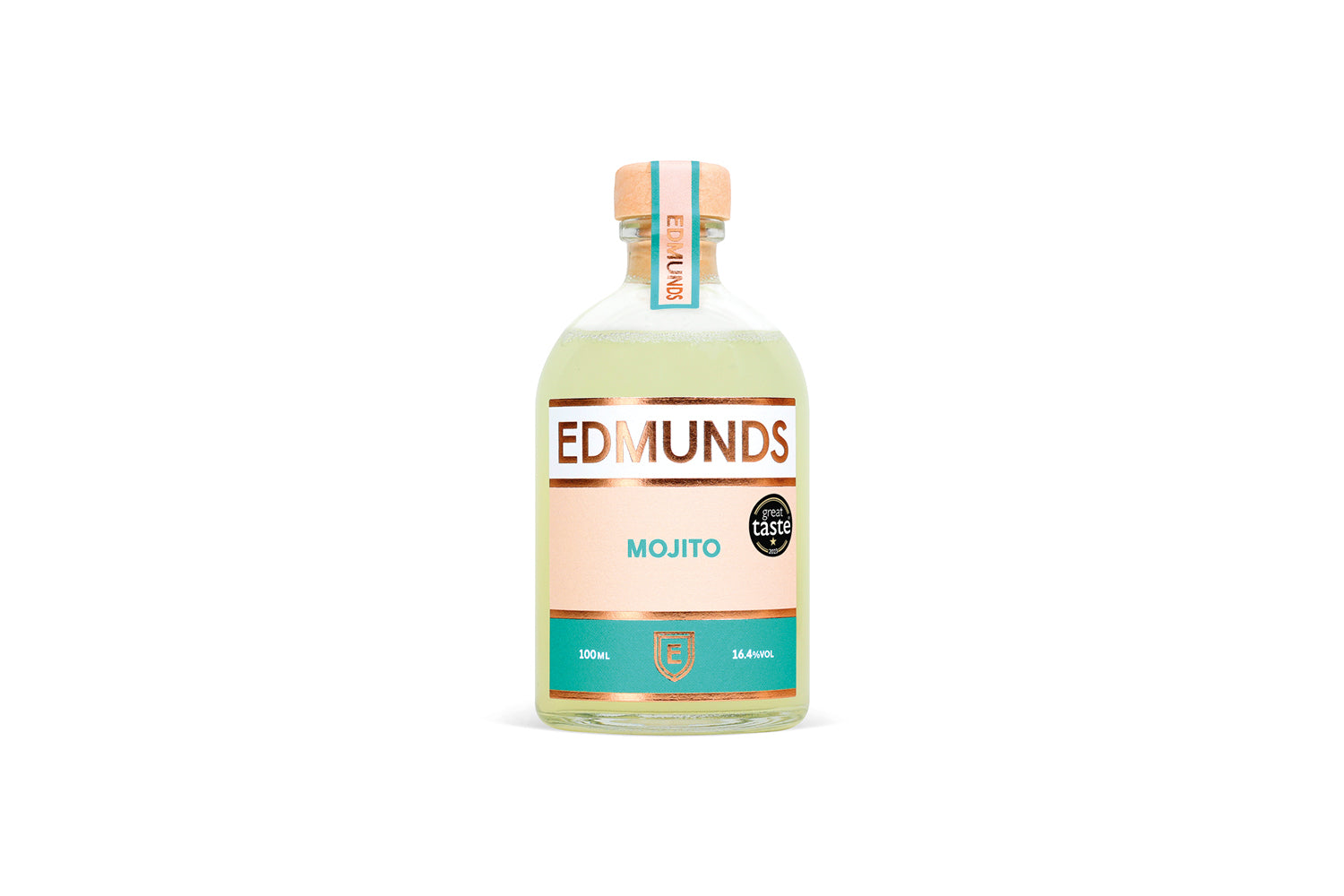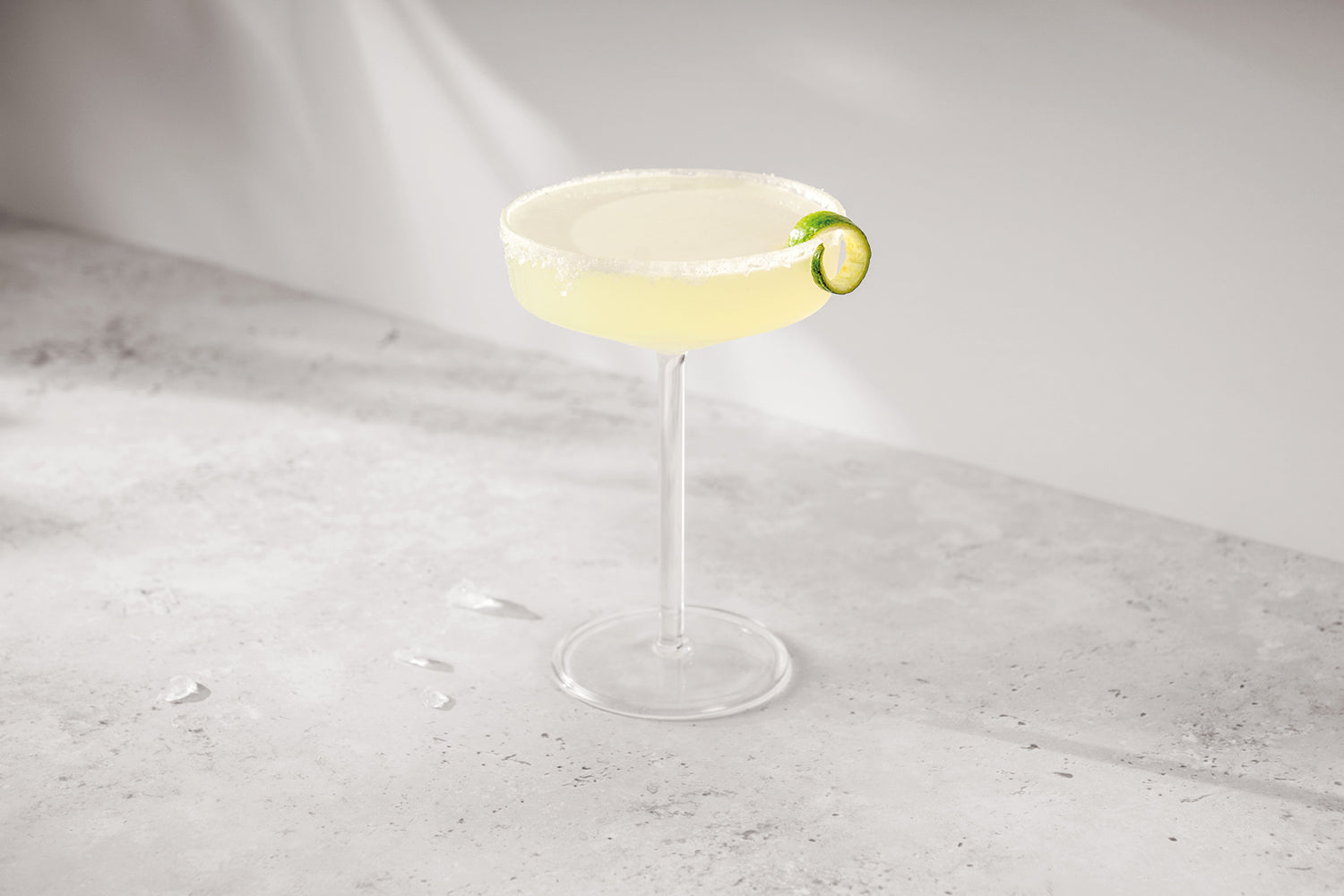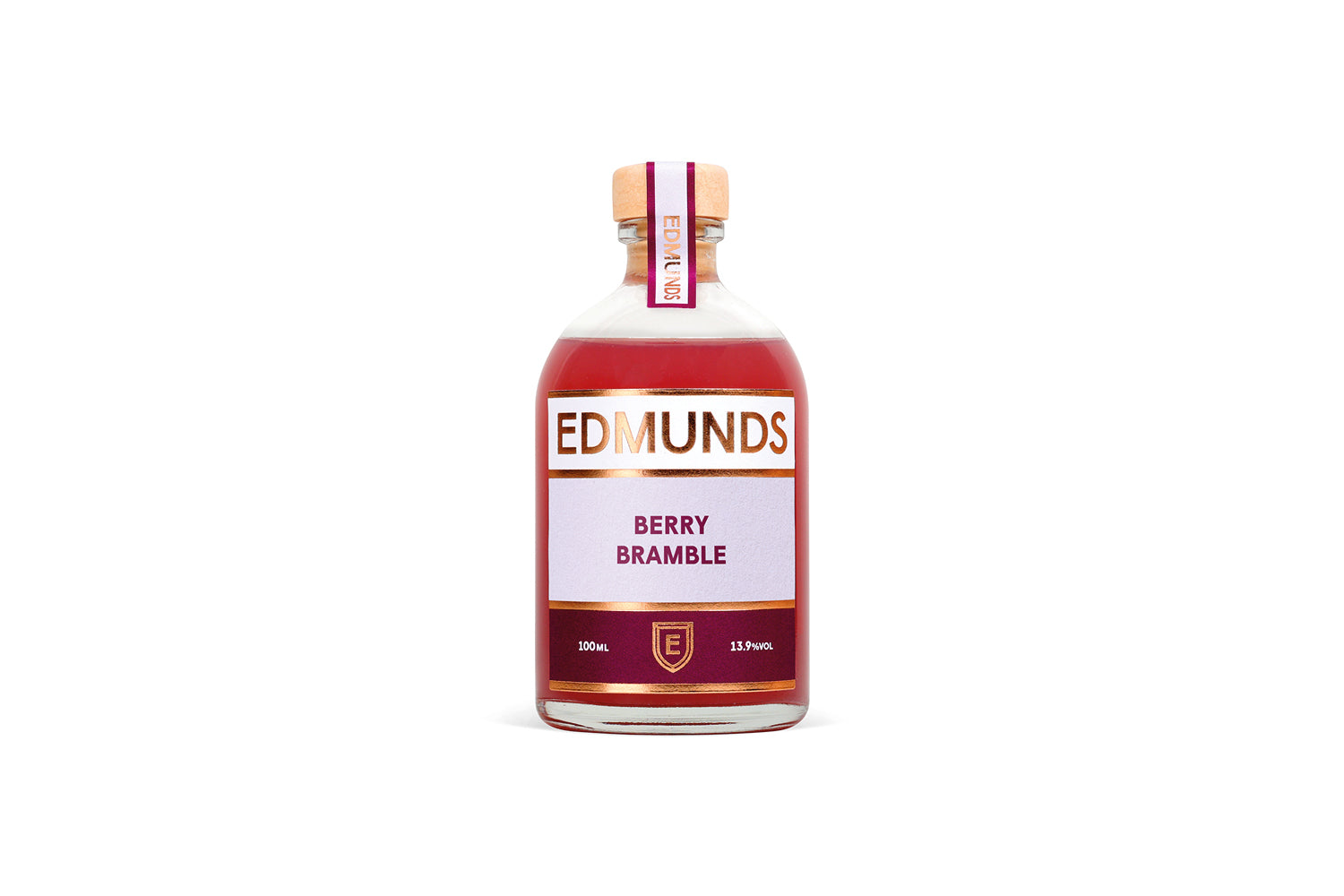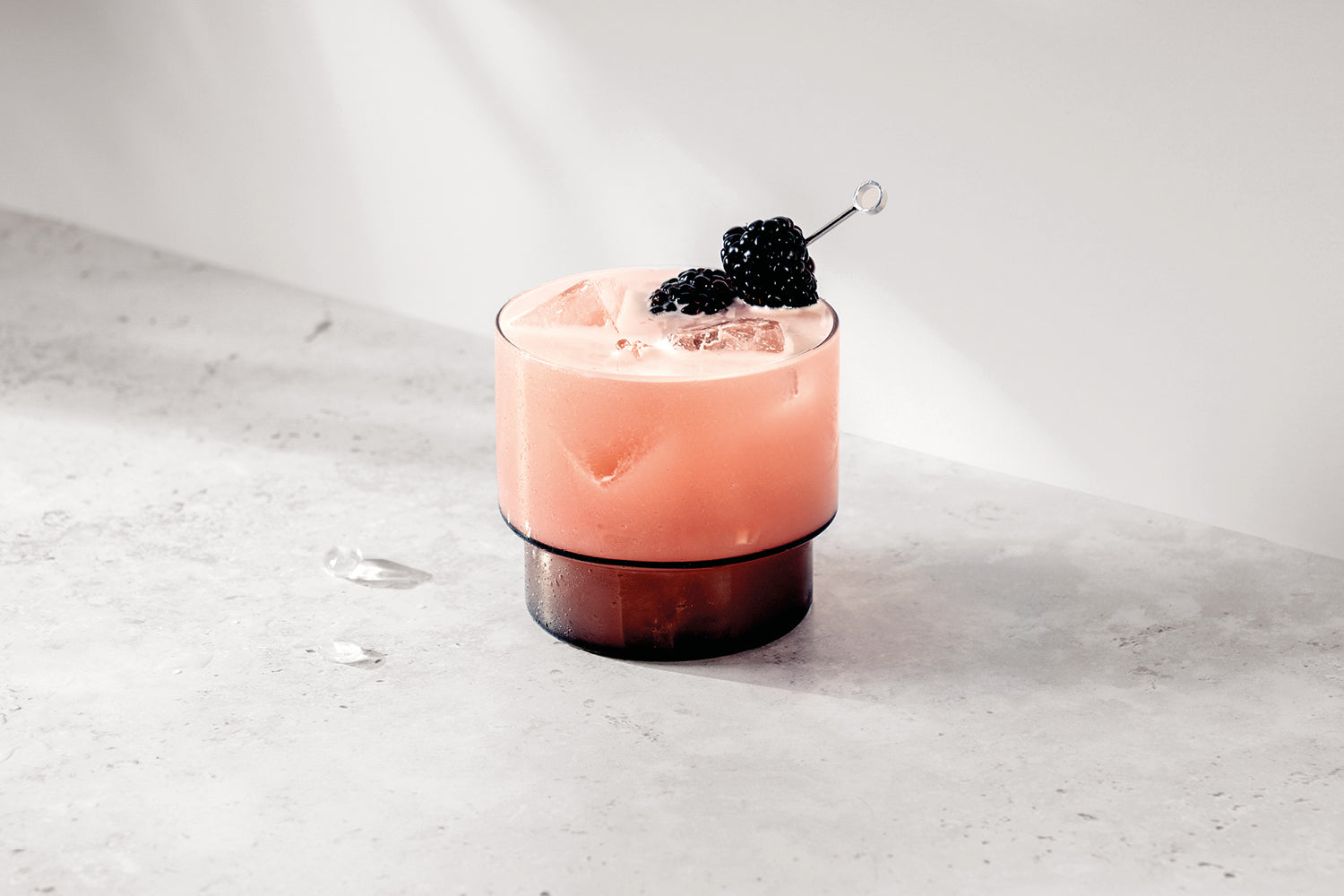Every January there’s lots of chatter on social media about when is the best time to take your Christmas decs down. People’s routines range from ‘weirdly early’ (Boxing Day) to ‘as late as can reasonably be considered Christmas’ (Twelfth Night), with a few folks opting to keep them up all year round.
In medieval times, Christmas celebrations would actually have continued till early Feb – the Feast of Candlemas – and it’s easy to see why: having something joyful to focus on during winter’s darkest days would make a lot of sense.
These days, seasonality can feel like an old-fashioned concept. In the days before the advent of a sophisticated global supply chain and effective food conservation techniques and technologies, some foodstuffs would only have been available at particular times. In the 2020s we can have more or less whatever we want, any time we want it.
Berry infusions
Summer berries are a case in point. Pop into any supermarket today and you can get your hands on soft fruits like raspberries and strawberries whenever the fancy takes you, although most would argue that they’re at their very best when they’re in season here in the UK – usually from June to September.
Our distant ancestors would have foraged for their berries, preserving some for use in fermented and infused drinks. In fact, in ancient and medieval Europe, berries like blackberries and raspberries were common ingredients in meads, tinctures, and fruit wines, as they were thought to have medicinal properties. Herbalists and apothecaries would steep berries in alcohol to create tonics believed to aid digestion or fight infection.
By the eighteenth and nineteenth centuries, homemade berry infusions were common in British and European homes – with plenty of regional variations. These early concoctions laid the foundation for what would later become popular liqueurs and cocktail ingredients.
Liqueurs, preserves and syrups
In nineteenth-century Europe, particularly in France and Britain, berry-based liqueurs became fashionable among the high-ups. This era saw the launch of liqueurs like Crème de Framboise (raspberry) and the luxurious Chambord, a black raspberry liqueur said to be inspired by a seventeenth-century French court recipe.
At the same time, berry syrups and preserves were finding their way into early cocktails, punches, and flips. We’ve spoken about the evolution of the ‘fruit cup’ in previous blogs, a cocktail that has traditionally relied on summer fruits like strawberries.
In America – especially during Prohibition – homemade spirits were commonly flavoured with berries to mask their taste. This led to a surge in shrubs: vinegar-based syrups infused with berries and herbs, offering both preservation and flavour. Raspberries and strawberries, with their vivid colour and tart-sweet profile, became popular shrub ingredients.
Contemporary berry-based cocktails
Soft fruits really came into their own in the late twentieth with the trend for frozen blender cocktails like the Strawberry Daiquiri – a fruity twist on the Cuban classic that surged in popularity during the 1980s Tiki-inspired cocktail wave.
In the early noughties, berries found the spotlight again when the craft cocktail revival championed fresh, seasonal ingredients, and bartenders once again began muddling, infusing, and garnishing with real berries – returning to the roots of cocktail creation.
One of the most enduring of these is the Bramble created by Dick Bradsell in the 1980s. This modern classic cocktail brings together dry gin and crème de mûre (blackberry liqueur) with a splash of lemon juice, sugar syrup and crushed ice, garnished with red fruits. At Edmunds, we have our own version made with Chambord.
Cocktails aren’t inherently seasonal – there’s nothing to stop you sipping a cool Elderflower Collins on Bonfire Night or imbibing a creamy White Christmas in your shorts – there’s still pleasure to be had from enjoying your cocktail in context. Sun’s shining? Get your berry on!
